The Future of Audio Visual Design: Transforming Ideas into Immersive Experiences
Understanding the Foundations of Audio Visual Design
I've spent years exploring how audio visual design bridges art, technology, and psychology to create compelling experiences. In this guide, I'll share insights on transforming abstract concepts into immersive multi-sensory journeys that captivate audiences across industries.
Foundations of Audio Visual Design
Audio Visual Design is the strategic integration of sound and visual elements to create compelling experiences that engage multiple senses simultaneously. I've found that this interdisciplinary field bridges art, technology, communication, and psychology in fascinating ways that enhance how we perceive and process information.
Throughout my career, I've watched the historical evolution of AV design transform from basic slide-tape presentations to the rich, immersive experiences we see today across multiple platforms and environments. This evolution represents not just technological advancement, but a deeper understanding of how humans process multi-sensory information.
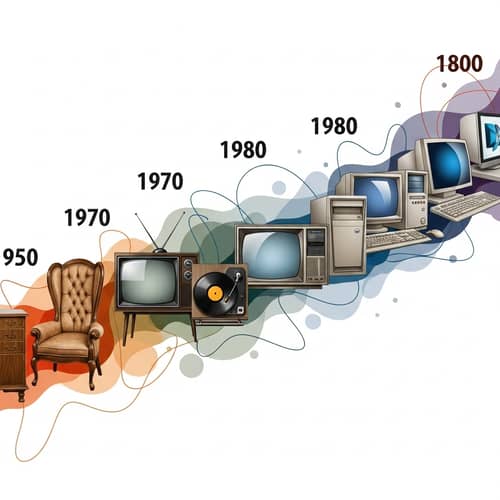
Key Components of Effective AV Design
flowchart TD
AV[Audio Visual Design]
AV --> Visual[Visual Elements]
AV --> Audio[Audio Elements]
AV --> Tech[Technical Integration]
Visual --> Typography[Typography]
Visual --> Color[Color Theory]
Visual --> Photo[Photography]
Visual --> Illus[Illustrations]
Visual --> Motion[Motion Graphics]
Audio --> Sound[Soundtracks]
Audio --> Effects[Sound Effects]
Audio --> Voice[Voiceovers]
Audio --> Spatial[Spatial Audio]
Tech --> Sync[Synchronization]
Tech --> Platforms[Delivery Platforms]
In my experience, successful audio visual design requires mastery of three fundamental component categories:
Visual Elements
The visual layer forms the immediate connection with the audience. I've learned that thoughtful application of visual communication design principles is essential. This includes typography selection that conveys the right tone, color schemes that evoke specific emotions, photography that captures authentic moments, illustrations that simplify complex concepts, and motion graphics that guide attention.
Audio Elements
The auditory dimension often receives less attention but can dramatically impact the emotional resonance of the experience. I carefully select soundtracks that establish mood, sound effects that reinforce actions or transitions, voiceovers that provide clear narration, and increasingly, spatial audio techniques that create immersive sound environments.
Technical Integration
The seamless synchronization of audio and visual elements is what transforms separate components into a cohesive experience. I focus on ensuring that technical integration is invisible to the end user, with precise timing between audio and visual cues and appropriate delivery platforms selected based on audience needs and context.
The Technical Framework Behind Compelling AV Experiences
Creating powerful audio visual experiences requires a solid technical foundation. Through my work with diverse clients, I've found that understanding the right equipment selection and system design principles is crucial for translating creative vision into reality.
Essential Equipment Categories
| Category | Key Components | Strategic Considerations |
|---|---|---|
| Audio Components | Speakers, microphones, mixers, acoustic treatments | Coverage patterns, frequency response, noise isolation |
| Visual Components | Displays, projectors, cameras, lighting systems | Resolution, brightness, viewing angles, color accuracy |
| Control Systems | Processors, interfaces, automation platforms | Ease of use, integration capability, reliability |
System Design Considerations
When I approach system design for different environments, I consider three critical factors:
Scale Factors
From intimate settings like small meeting rooms to large venues like concert halls, I've learned that scaling AV systems appropriately is essential. This includes calculating proper speaker coverage, display size relative to viewing distance, and processing power needed for the complexity of the experience.
Environmental Challenges
Each space presents unique acoustic properties, ambient lighting conditions, and spatial constraints. I address these by conducting thorough site assessments, measuring acoustic response, and creating detailed spatial plans before equipment selection.
Redundancy Planning
For mission-critical applications like live events or corporate presentations, I always build in appropriate redundancy. This might include backup audio processors, duplicate signal paths, or alternative control interfaces to ensure continuity if primary systems fail.
When working with clients who may not have technical expertise, I've found that elevate presentations with audio and visuals by using visualization tools that translate technical concepts into understandable diagrams. PageOn.ai's AI-guided equipment selection tools have been particularly helpful in simplifying these complex decisions.
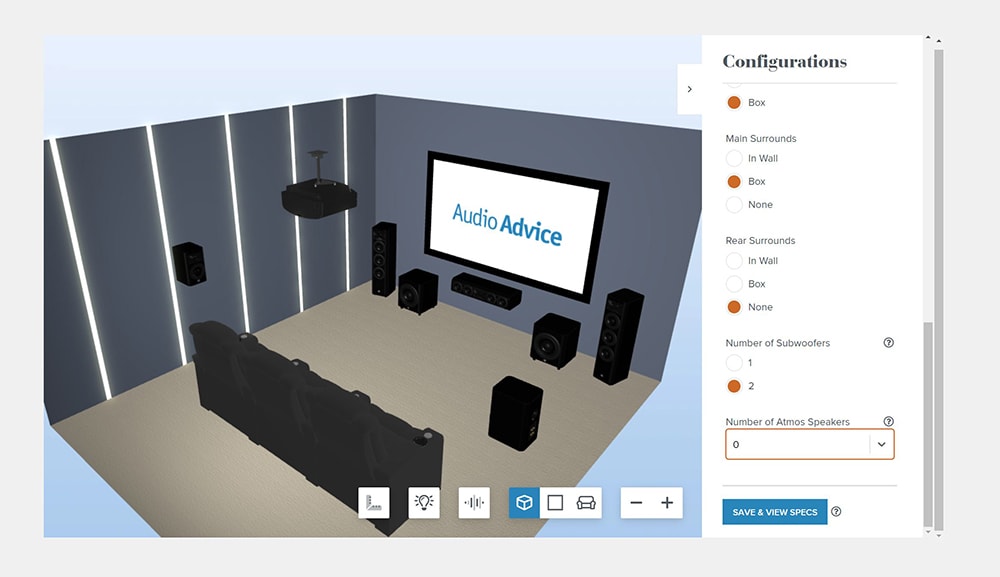
Integration Challenges and Solutions
In my experience, the most common integration pain points in AV system design include:
- Signal compatibility issues between different manufacturers' equipment
- Synchronization problems between audio and video streams
- Control system complexity that overwhelms end users
- Network bandwidth limitations for AV-over-IP applications
Understanding protocol standards has been crucial in my work. Whether it's HDMI for consumer video connections, SDI for professional broadcast applications, Dante for networked audio distribution, or AES/EBU for professional digital audio, selecting the right protocols for each application ensures reliable performance.
AV System Connection Complexity
I've found that using PageOn.ai's AI Blocks feature allows me to visualize these complex connections without requiring deep technical expertise. This has been particularly valuable when working with clients who need to understand system architecture without getting lost in technical details.
The Creative Dimensions of Audio Visual Design
While technical fundamentals provide the foundation, I believe that the creative dimensions of audio visual design are what truly transform functional systems into memorable experiences. Throughout my career, I've focused on understanding how different mediums require unique storytelling approaches.
Principles of Effective AV Storytelling
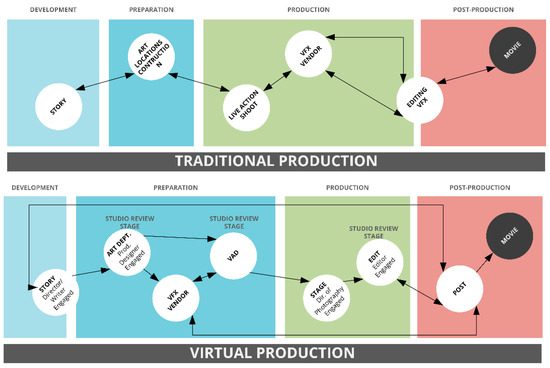
In my experience, different mediums require distinct storytelling approaches:
Films and Motion Pictures
I consider film the ultimate AV narrative form, combining visual composition, editing rhythm, sound design, music, and dialogue into a unified experience. The linear nature of film allows for precise control over the audience journey, with each audio and visual element carefully timed to create emotional peaks and valleys.
Interactive Installations
When designing interactive installations, I focus on creating systems that respond meaningfully to audience engagement. This requires anticipating multiple interaction paths and ensuring that both audio and visual feedback feel natural and intuitive, regardless of which path a user takes.
Immersive VR/AR Experiences
For virtual and augmented reality projects, I've had to rethink traditional AV design principles. These mediums require 360° thinking about both visual and audio placement, with careful attention to how users will physically move through and interact with the environment.
The Psychology of Audiovisual Perception
My fascination with how humans process multi-sensory information has deeply informed my design approach. Research consistently shows that engaging multiple senses simultaneously enhances message retention and emotional impact.
Information Retention by Presentation Method
I've observed that the cognitive processing of synchronized audio and visual stimuli creates a more complete mental model for audiences. When sound and image reinforce each other, the brain processes information more efficiently and forms stronger memory associations.
This understanding of visual communication in media design has been invaluable in my practice. By strategically aligning audio and visual elements, I can guide attention, emphasize key information, and create more impactful experiences.
Creating Emotional Impact
In my work with leading brands, I've seen how deliberate AV choices can forge stronger audience connections. For example, a luxury automotive brand I worked with used specific sound design elements (the distinctive door closure sound, engine note, and interface feedback tones) alongside carefully composed visual imagery to reinforce brand perception of quality and precision.
I've found PageOn.ai's Vibe Creation feature particularly useful for articulating emotional targets before diving into technical execution. This approach allows me to align all team members around the intended feeling of the experience, ensuring that both audio and visual choices support the same emotional goals.
Industry Applications and Specialized Approaches
Throughout my career, I've witnessed how audio visual design adapts to serve distinct needs across various industries. Each sector presents unique challenges and opportunities that require specialized approaches.
Marketing and Advertising

In the marketing realm, I focus on creating memorable brand experiences through sensory engagement. The most effective campaigns I've developed integrate consistent audio and visual brand elements across multiple touchpoints.
Measuring effectiveness is crucial in this sector. I typically track metrics like brand recall, emotional response, engagement duration, and conversion rates to quantify the impact of AV campaigns.
Educational Applications

When designing for educational contexts, I prioritize learning enhancement through multi-sensory content delivery. Research consistently shows that retention improves when information is presented through complementary audio and visual channels.
Accessibility is non-negotiable in my educational AV designs. I ensure that content includes proper captioning, audio descriptions, adjustable playback speeds, and compatibility with assistive technologies to support diverse learning needs.
Entertainment and Experiential Design
Concert and performance venues present fascinating AV challenges that I love solving. These spaces require careful consideration of sight lines, acoustic properties, and the relationship between performers and audience.
For interactive museum and exhibition experiences, I focus on creating intuitive interfaces that visitors of all ages can engage with confidently. The best museum installations I've designed blend educational content with elements of play and discovery.
I've found that visual communication for designers in entertainment contexts requires a different approach than corporate or educational applications, with greater emphasis on emotional impact and memorability.
Corporate Communication
Meeting room and presentation space optimization has become increasingly important in my corporate projects. Today's executives expect intuitive control of sophisticated AV systems that support both in-person and virtual collaboration.
The rise of hybrid workplaces has dramatically changed my approach to corporate AV design. I now focus on creating equitable experiences for both remote and in-person participants, with particular attention to camera positioning, microphone coverage, and display visibility.
For corporate clients, I often recommend audio-visual presentation in powerpoint techniques that enhance their communication while working within familiar tools.
flowchart TD
AV[Audio Visual Design Applications]
AV --> Marketing[Marketing & Advertising]
AV --> Education[Education]
AV --> Entertainment[Entertainment]
AV --> Corporate[Corporate]
Marketing --> BrandExp[Brand Experiences]
Marketing --> Campaigns[Campaigns]
Marketing --> Retail[Retail Environments]
Education --> Classroom[Classroom Technology]
Education --> ELearning[E-Learning Platforms]
Education --> Simulations[Interactive Simulations]
Entertainment --> Concerts[Concert Venues]
Entertainment --> Museums[Museums & Exhibitions]
Entertainment --> Theme[Theme Parks]
Corporate --> Meeting[Meeting Rooms]
Corporate --> Presentation[Presentation Spaces]
Corporate --> Hybrid[Hybrid Workplaces]
The Design Process: From Concept to Implementation
Over the years, I've developed a structured approach to audio visual design projects that balances creative exploration with technical precision. This process ensures that the final implementation aligns with both the client's vision and practical constraints.
Needs Assessment Methodologies
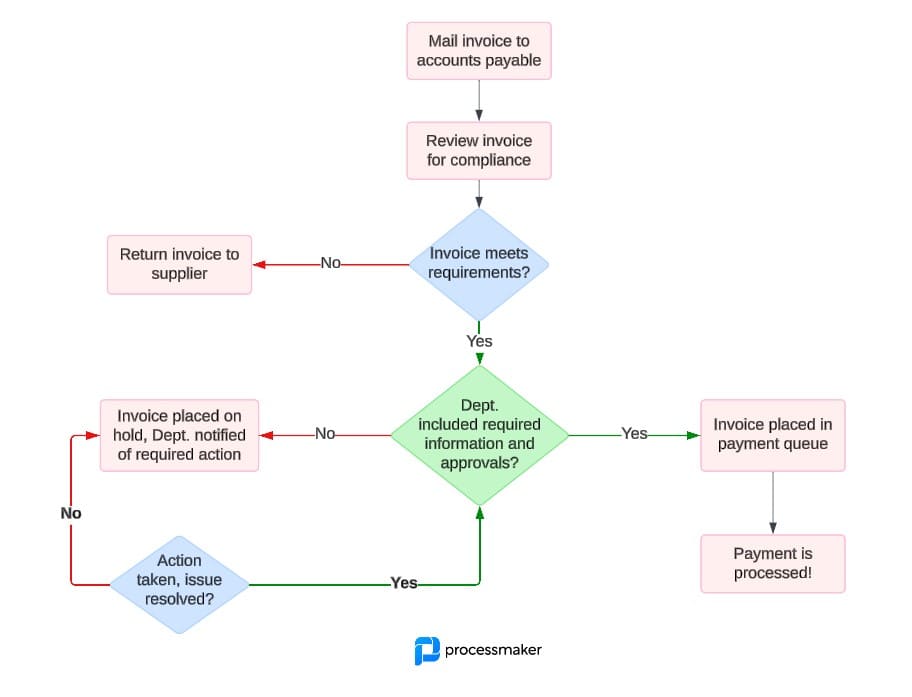
I begin every project with a thorough needs assessment, using these proven techniques:
Client Requirement Gathering
Beyond simple questionnaires, I conduct structured interviews with multiple stakeholders to uncover both stated and unstated needs. I often use scenario-based discussions to help clients articulate how they envision using the AV system in different situations.
Budget Alignment Strategies
I work with clients to develop tiered budget approaches that identify core functionality, important enhancements, and optional features. This allows for informed decisions about where to allocate resources for maximum impact.
Future-Proofing Considerations
I evaluate potential technology evolution in the client's industry and build in appropriate flexibility. This might include specifying equipment with upgrade paths, designing infrastructure with extra capacity, or selecting standards-based technologies that will maintain compatibility.
Visualization and Planning Tools
Translating abstract concepts into visual representations has always been a challenge in AV design. I've found that PageOn.ai transforms this process by allowing me to quickly generate clear visual representations that clients can easily understand and provide feedback on.
Design Iteration Efficiency
Using AI-powered tools has dramatically improved my design process by allowing me to explore multiple alternatives quickly. This exploration phase is crucial for identifying innovative solutions that might otherwise be overlooked due to time constraints.
Implementation Best Practices
flowchart TD
Design[Design Completion] --> Integrator[Integrator Selection]
Integrator --> Kickoff[Project Kickoff]
Kickoff --> Procurement[Equipment Procurement]
Procurement --> Installation[Installation]
Installation --> Programming[System Programming]
Programming --> Testing[Testing & Calibration]
Testing --> Training[User Training]
Training --> Handover[System Handover]
Handover --> Documentation[Documentation Delivery]
Working effectively with AV integrators requires clear communication and documentation. I provide detailed design packages that include:
- Equipment schedules with specific model numbers and quantities
- Signal flow diagrams showing all connections and cable types
- Rack elevation drawings with equipment placement
- Control system logic and user interface designs
- Installation notes addressing any special considerations
Testing protocols are critical to project success. I develop comprehensive testing procedures that verify not just basic functionality, but also edge cases and failure scenarios. This might include simulating maximum system load, testing backup systems, and verifying performance under adverse conditions.
For system handover, I ensure complete documentation is provided, including:
- As-built drawings reflecting any changes made during installation
- Equipment manuals and warranty information
- Custom user guides tailored to the client's specific system
- Maintenance schedules and procedures
- Contact information for support resources
Emerging Trends Reshaping Audio Visual Design
The audio visual design landscape is evolving rapidly, driven by technological innovation and changing user expectations. I'm particularly excited about several emerging trends that are transforming how we create and experience AV content.
The Impact of Artificial Intelligence
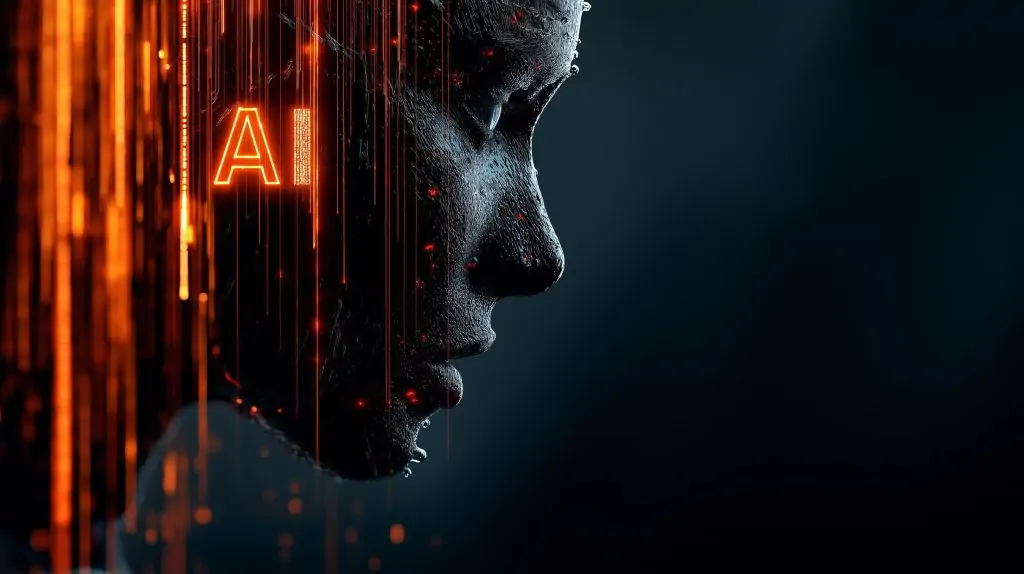
AI is revolutionizing audio visual design in ways I couldn't have imagined just a few years ago. AI-driven content generation and adaptation allows for personalized experiences that respond to audience characteristics or behaviors. For example, I recently worked on a digital signage project that uses computer vision to analyze viewer demographics and adjust content accordingly.
Predictive maintenance is another area where AI is making a significant impact. Modern AV systems can now monitor their own performance, identify potential issues before they cause failures, and even schedule maintenance automatically. This reduces downtime and extends equipment lifespan.
Virtual and Augmented Reality Frontiers
Spatial Audio Considerations
In immersive environments, traditional stereo or surround sound approaches are insufficient. I've been exploring object-based audio systems that allow sound elements to be placed precisely in three-dimensional space, maintaining correct positioning regardless of how the user moves through the environment. This creates a much more convincing sense of presence and improves spatial awareness.
Visual Design for 3D/360° Spaces
Designing for VR and AR requires rethinking fundamental visual principles. I now consider viewing angles from all possible positions, manage attention guidance without traditional framing tools, and address challenges like field-of-view limitations and vergence-accommodation conflicts. These considerations are crucial for creating comfortable, intuitive experiences in immersive environments.
Sustainable Approaches to AV Design
Environmental Impact Factors in AV Design
Sustainability has become a core consideration in my AV design practice. I focus on several key areas:
- Energy-efficient equipment selection: I prioritize products with low power consumption, standby modes, and efficient power supplies. LED display technology has been a game-changer in this regard.
- Remote management: Implementing robust remote monitoring and control systems reduces the need for on-site visits, lowering the carbon footprint associated with travel.
- Longevity planning: I design systems with upgrade paths and modular components that can be replaced individually rather than requiring wholesale system replacement.
I've found PageOn.ai's Deep Search feature invaluable for discovering cutting-edge examples and inspiration in sustainable AV design. The ability to quickly find relevant case studies and innovative approaches has helped me stay at the forefront of this important movement in our industry.
Mastering Audio Visual Design: Practical Guidance
After years in this field, I've identified key skills and approaches that separate successful AV designers from the rest. I'm passionate about sharing these insights to help others avoid common pitfalls and accelerate their professional development.
Essential Skills for the Modern AV Designer
flowchart TD
Skills[Essential Skills]
Skills --> Technical[Technical Competencies]
Skills --> Creative[Creative Abilities]
Skills --> Project[Project Management]
Technical --> SystemDesign[System Design]
Technical --> SignalFlow[Signal Flow]
Technical --> Networking[AV Networking]
Technical --> Programming[Control Programming]
Creative --> Visual[Visual Composition]
Creative --> Audio[Audio Design]
Creative --> UX[User Experience]
Creative --> Storytelling[Storytelling]
Project --> Planning[Project Planning]
Project --> Budgeting[Budgeting]
Project --> Coordination[Team Coordination]
Project --> ClientComm[Client Communication]
In my experience, the most successful AV designers possess a balanced combination of technical competencies and creative abilities. Technical skills provide the foundation for implementing reliable systems, while creative abilities ensure those systems deliver meaningful experiences.
Project management capabilities have become increasingly important as AV systems grow more complex. I've found that designers who can effectively manage timelines, coordinate cross-functional teams, and communicate clearly with clients deliver more successful projects, regardless of their technical expertise.
Common Pitfalls and How to Avoid Them
| Pitfall | Common Symptoms | Prevention Strategy |
|---|---|---|
| Budget Overruns | Unexpected costs appearing late in the project, scope expansion without budget adjustment | Build contingency into initial budgets, clearly document scope boundaries, implement change order processes |
| Technical Incompatibilities | Components that won't connect properly, signal quality issues, control system limitations | Research compatibility before specifying, create detailed signal flow diagrams, build test systems for critical connections |
| User Experience Disconnects | Systems that users find confusing, avoidance of AV technology, frequent support calls | Involve end users in design process, create intuitive interfaces, conduct usability testing, provide adequate training |
Resources for Continued Learning
The AV field evolves rapidly, making continuous learning essential. I recommend these resources for professional development:
Industry Certifications
I've found certifications from organizations like AVIXA (CTS, CTS-D, CTS-I) and Dante (Levels 1-3) to be valuable credentials that validate expertise and open professional doors. These programs provide structured learning paths and ensure familiarity with industry standards and best practices.
Communities
Engaging with professional communities has accelerated my learning tremendously. Forums like AVNation, r/CommercialAV on Reddit, and manufacturer-specific user groups provide access to collective wisdom and allow for discussion of specific challenges with experienced peers.
Knowledge Platforms
Beyond traditional training, I regularly use platforms like LinkedIn Learning, Udemy, and YouTube channels from manufacturers and integrators to stay current with new technologies and techniques. These resources offer flexible, just-in-time learning when facing specific challenges.
I've also discovered that PageOn.ai's rapid prototyping capabilities allow me to test AV concepts before committing to expensive equipment or software. This approach has saved me countless hours and budget dollars by identifying issues early in the design process.

The Future of Audio Visual Design
Looking ahead, I see several transformative trends that will reshape audio visual design in profound ways. These developments will create new opportunities for designers who are prepared to embrace them.
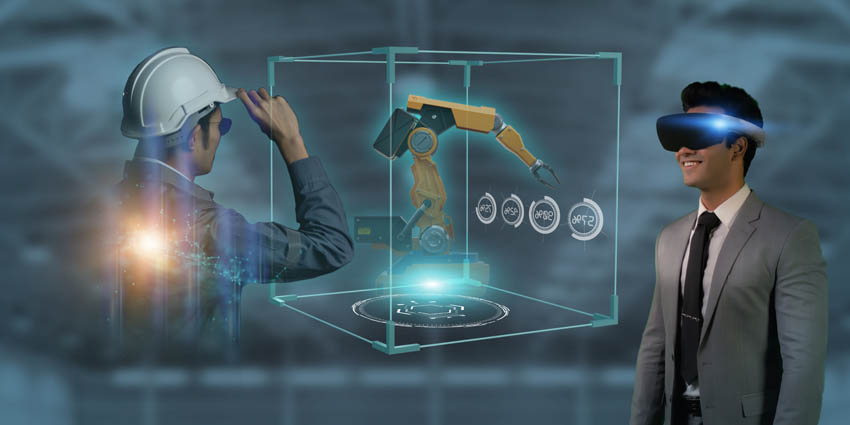
Convergence of Physical and Digital Experiences
The boundary between physical and digital experiences is rapidly dissolving. In my recent projects, I've been exploring how mixed reality technologies can seamlessly blend real-world environments with digital content. For example, I worked on a retail installation where physical products triggered personalized digital content when customers interacted with them.
This convergence requires a new design approach that considers both the physical space and its digital overlay as a unified experience. I expect this trend to accelerate as AR glasses become more mainstream and spatial computing platforms mature.
Personalization Through Data-Driven AV Experiences
Personalization Impact on Engagement
Data-driven personalization is transforming how we design AV experiences. By analyzing user preferences, behaviors, and contexts, we can now create content that adapts in real-time to individual viewers. This approach dramatically increases engagement and effectiveness.
I'm particularly excited about the potential of emotion recognition technologies to further refine personalization. Systems that can detect viewer emotional states and adjust content accordingly represent the next frontier in responsive design.
Democratization of Creation Tools
AI assistance is dramatically lowering the technical barriers to AV content creation. Tools that once required specialized expertise are becoming accessible to broader audiences through intuitive interfaces and automated processes.
I've seen how PageOn.ai is helping non-technical creators participate in the AV design process by providing intelligent templates, automated formatting, and visual programming interfaces. This democratization will lead to greater diversity of voices and perspectives in audio visual communication.
Ethical Considerations
As AV experiences become more immersive and personalized, we must carefully consider their ethical implications. I'm increasingly concerned with questions around:
- Privacy and data collection in personalized experiences
- Psychological impacts of highly immersive content
- Accessibility and inclusion across diverse audiences
- Environmental sustainability of energy-intensive AV systems
These considerations must be integrated into our design processes from the beginning, not addressed as afterthoughts.
Preparing for the Next Generation
To stay relevant in this rapidly evolving field, I recommend focusing on these key areas:
Cross-Disciplinary Knowledge
The most valuable designers will combine understanding of traditional AV principles with knowledge of adjacent fields like UX design, data science, and cognitive psychology.
Adaptable Technical Skills
Rather than focusing on specific platforms or technologies, develop foundational skills that transfer across tools and contexts. Understanding principles of signal flow, user interface design, and storytelling will remain valuable regardless of technological change.
The future of audio visual design is incredibly exciting, with new technologies and approaches emerging constantly. By embracing these changes while maintaining focus on fundamental human needs and experiences, we can create AV designs that truly transform how people interact with information and each other.
Transform Your Visual Expressions with PageOn.ai
Ready to revolutionize how you create audio visual content? PageOn.ai provides intuitive tools for visualizing complex AV systems, designing immersive experiences, and communicating technical concepts with clarity and impact.
Start Creating with PageOn.ai TodayYou Might Also Like
Transforming Value Propositions into Visual Clarity: A Modern Approach | PageOn.ai
Discover how to create crystal clear audience value propositions through visual expression. Learn techniques, frameworks, and tools to transform complex ideas into compelling visual narratives.
Audience-Centered Pitching Techniques: Visual Strategies That Win Every Time
Discover powerful audience-centered pitching techniques using visual storytelling, interactive engagement, and benefit visualization strategies that consistently win over any audience.
Transform Presentation Anxiety into Pitch Mastery - The Confidence Revolution
Discover how to turn your biggest presentation weakness into pitch confidence with visual storytelling techniques, AI-powered tools, and proven frameworks for pitch mastery.
The Art of Instant Connection: Crafting Opening Strategies That Captivate Any Audience
Discover powerful opening strategies that create instant audience connection. Learn visual storytelling, interactive techniques, and data visualization methods to captivate any audience from the start.